Lillian E. Benson, ACE
No birth date available.
 Lillian E. Benson, ACE began working in 1977, and was the editor of two episodes of Eyes on the Prize, nominated for an Emmy. She has eighty-one editing credits. Benson edited several feature films by black women directors, including Ayoka Chenzira’s Alma’s Rainbow, Christine Swanson’s All About You and Debbie Allen’s The Old Settler. Benson was the first African-American female editor selected for membership in ACE and serves on their board of directors. She received a Lifetime Achievement Award from the Black Hollywood Education and Research Center in 2017. The extensive list of documentaries Benson has edited about the African-American experience include those about the Freedom Riders, Maya Angelou, John Lewis, and the Alvin Ailey Dance Group.
Lillian E. Benson, ACE began working in 1977, and was the editor of two episodes of Eyes on the Prize, nominated for an Emmy. She has eighty-one editing credits. Benson edited several feature films by black women directors, including Ayoka Chenzira’s Alma’s Rainbow, Christine Swanson’s All About You and Debbie Allen’s The Old Settler. Benson was the first African-American female editor selected for membership in ACE and serves on their board of directors. She received a Lifetime Achievement Award from the Black Hollywood Education and Research Center in 2017. The extensive list of documentaries Benson has edited about the African-American experience include those about the Freedom Riders, Maya Angelou, John Lewis, and the Alvin Ailey Dance Group.
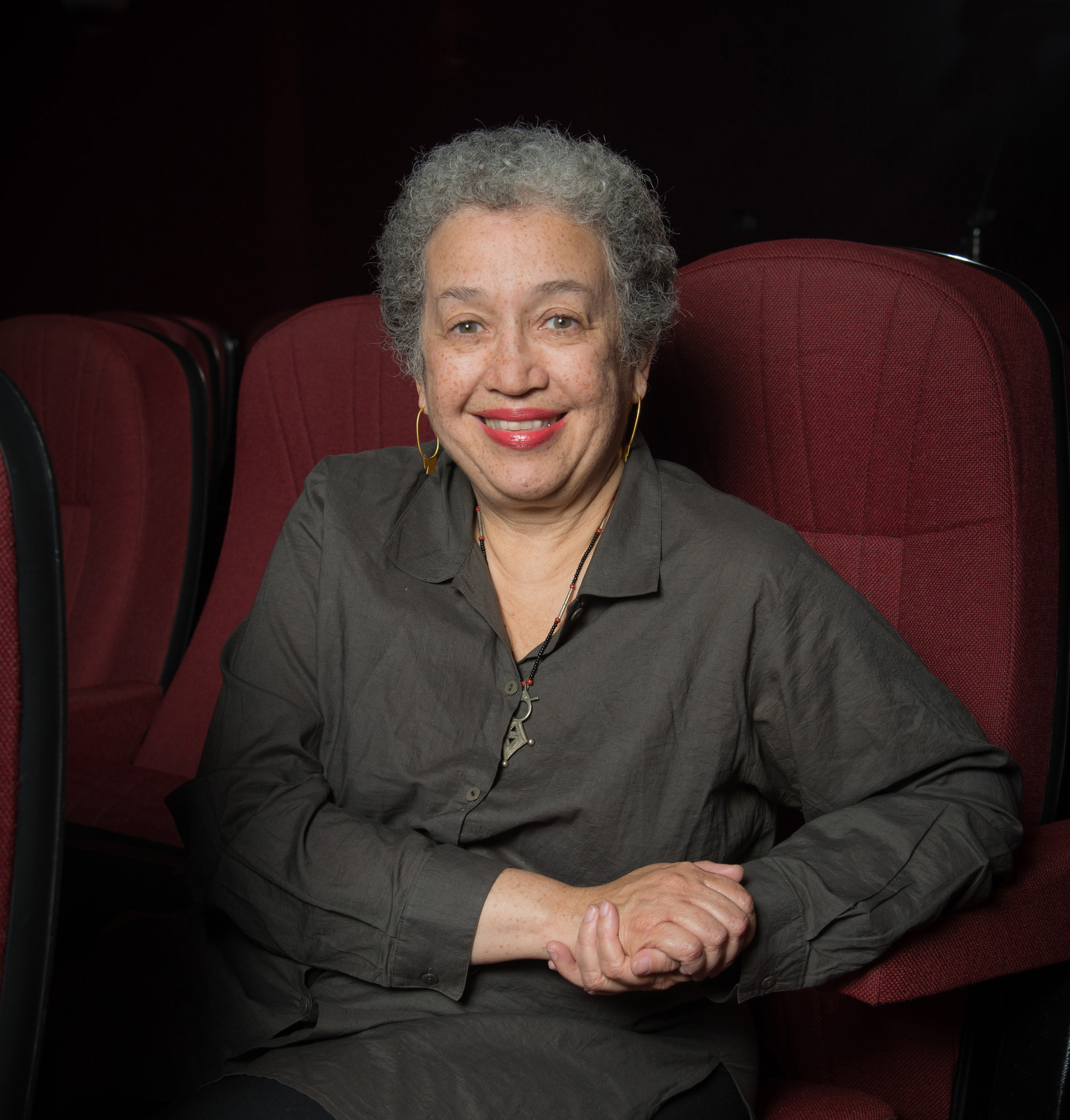
“You always draw on the intuitive self…and if you’re familiar with the tools, and don’t have to think about how you’re working, then…that is the strength of having a system that works with your mind, and you don’t have to overthink how to get it to do what you want it to do.”
—“Making the Cut: Lillian Benson, ACE—Drawing on the Intuitive Self” by Jess Bedford. The full interview can be found in the Appendix.


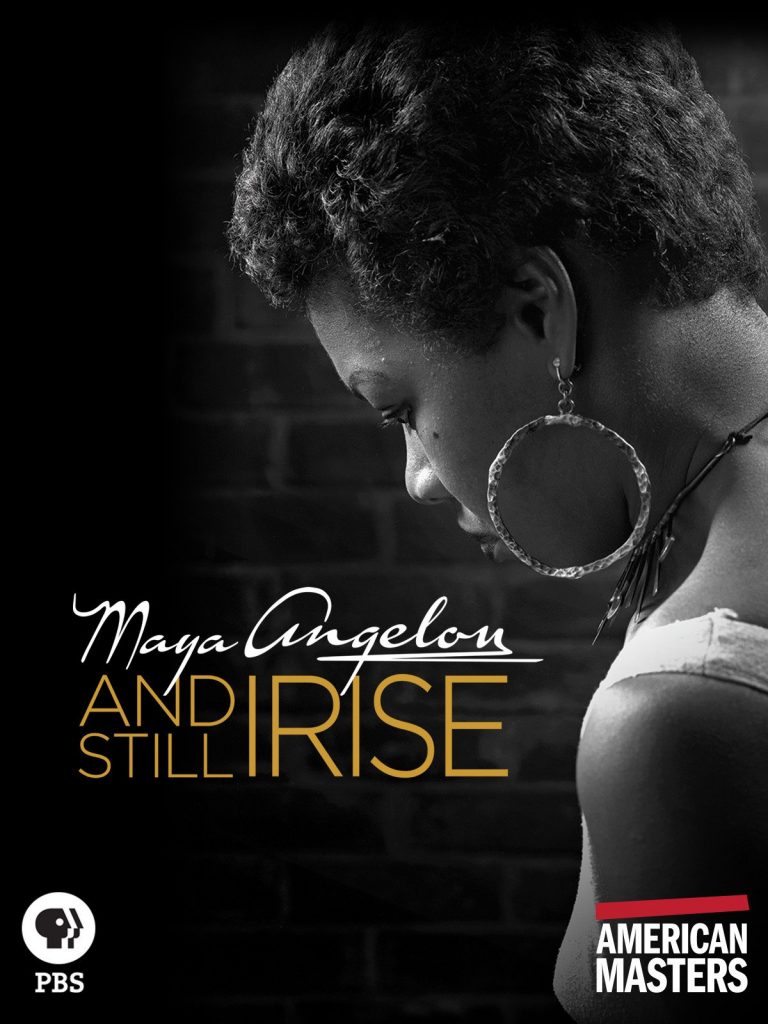
Anne Bauchens
1882 – 1967
 Anne Bauchens was the main editor for Cecile B. DeMille for forty years. She edited forty-one films for him and twenty for other directors. In 1934 the Academy Award for Film Editing was created and Bauchens received a nomination for editing Cleopatra. Six years later she won for North West Mounted Police, making her the first woman to win the Oscar in that category. Bauchens also got Oscar nominations for The Ten Commandments and The Greatest Show on Earth.
Anne Bauchens was the main editor for Cecile B. DeMille for forty years. She edited forty-one films for him and twenty for other directors. In 1934 the Academy Award for Film Editing was created and Bauchens received a nomination for editing Cleopatra. Six years later she won for North West Mounted Police, making her the first woman to win the Oscar in that category. Bauchens also got Oscar nominations for The Ten Commandments and The Greatest Show on Earth.
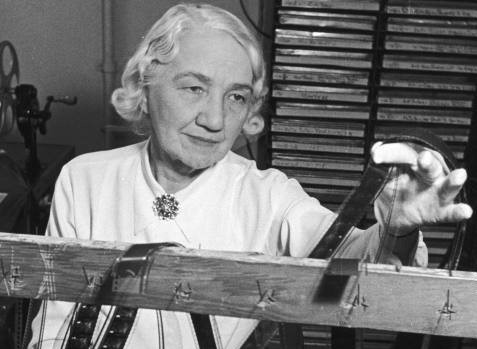
“Many people ask me what film editing is. I would say it is very much like a jigsaw puzzle, except that in a jigsaw puzzle the little pieces are all cut out in the various forms and you try to fit them together to make a picture, while in cutting films you have to cut your pieces first and then put them together.
Some directors stop work on a picture after the last scene has been shot. Then the producer takes the responsibility and does all the editing with the cutter or editor in the projection room. Other directors work very closely with the cutter and follow the film through until after the preview. A few insist on cutting their own pictures. But they are very scarce.
We must reinterpret the material given us by the director so that the strips of film will assume a rhythmic flow. Our work is highly individual; no two editors work alike. We must rely on our instinct and previous experience to create the pattern. We must maintain the whole greater than the sum of its parts. If the film is poorly cut, the whole sense of the story is lost. If it is well cut, the effectiveness of the story will be considerably increased and it will possess a new unity which would otherwise exist in the director’s mind alone.”
—Three extracts from “Cutting the Film” by Anne Bauchens in “We Make the Movies” ed. by Nancy Naumburg, 1937. The full text can be found in the Appendix.
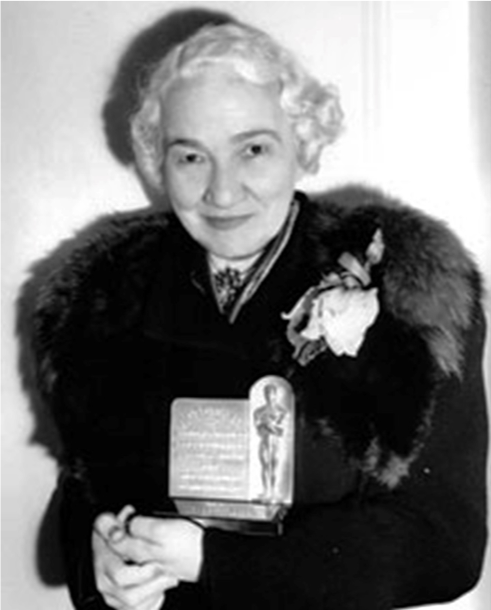

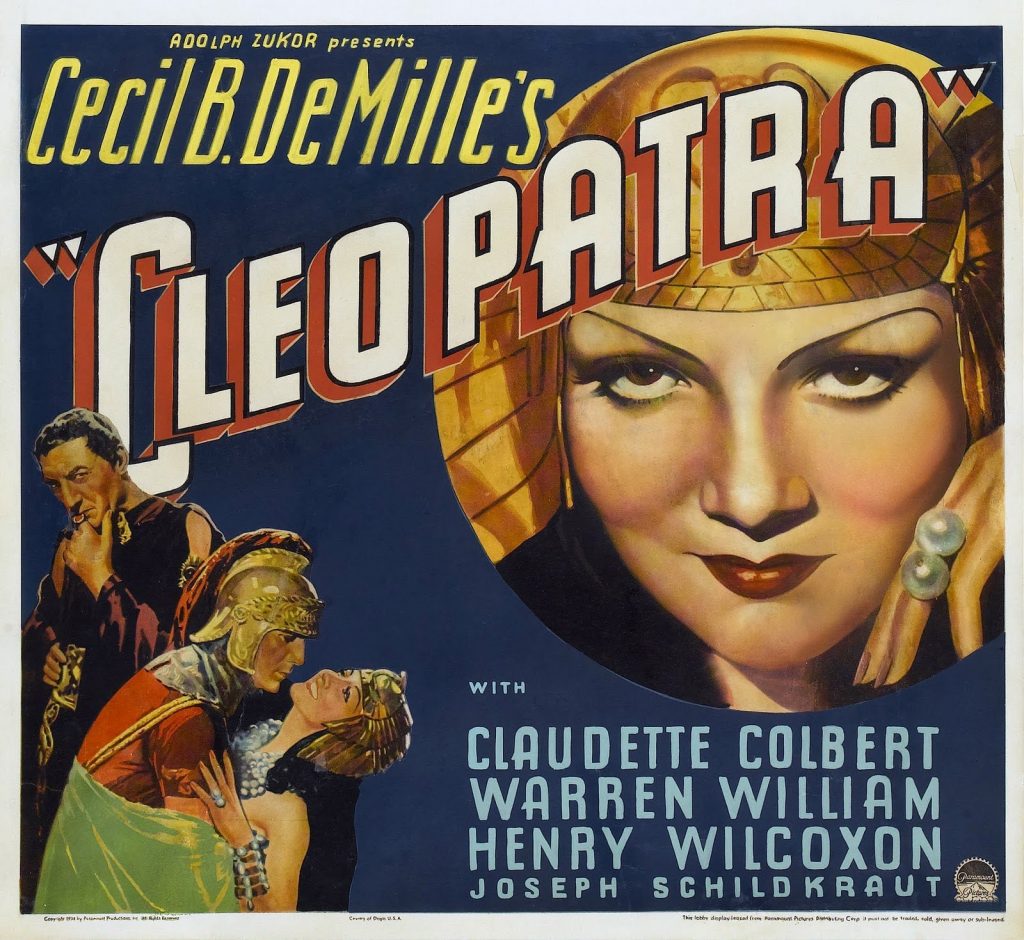


 Lillian E. Benson, ACE began working in 1977, and was the editor of two episodes of Eyes on the Prize, nominated for an Emmy. She has eighty-one editing credits. Benson edited several feature films by black women directors, including Ayoka Chenzira’s Alma’s Rainbow, Christine Swanson’s All About You and Debbie Allen’s The Old Settler. Benson was the first African-American female editor selected for membership in ACE and serves on their board of directors. She received a Lifetime Achievement Award from the Black Hollywood Education and Research Center in 2017. The extensive list of documentaries Benson has edited about the African-American experience include those about the Freedom Riders, Maya Angelou, John Lewis, and the Alvin Ailey Dance Group.
Lillian E. Benson, ACE began working in 1977, and was the editor of two episodes of Eyes on the Prize, nominated for an Emmy. She has eighty-one editing credits. Benson edited several feature films by black women directors, including Ayoka Chenzira’s Alma’s Rainbow, Christine Swanson’s All About You and Debbie Allen’s The Old Settler. Benson was the first African-American female editor selected for membership in ACE and serves on their board of directors. She received a Lifetime Achievement Award from the Black Hollywood Education and Research Center in 2017. The extensive list of documentaries Benson has edited about the African-American experience include those about the Freedom Riders, Maya Angelou, John Lewis, and the Alvin Ailey Dance Group.



 Anne Bauchens was the main editor for Cecile B. DeMille for forty years. She edited forty-one films for him and twenty for other directors. In 1934 the Academy Award for Film Editing was created and Bauchens received a nomination for editing Cleopatra. Six years later she won for North West Mounted Police, making her the first woman to win the Oscar in that category. Bauchens also got Oscar nominations for The Ten Commandments and The Greatest Show on Earth.
Anne Bauchens was the main editor for Cecile B. DeMille for forty years. She edited forty-one films for him and twenty for other directors. In 1934 the Academy Award for Film Editing was created and Bauchens received a nomination for editing Cleopatra. Six years later she won for North West Mounted Police, making her the first woman to win the Oscar in that category. Bauchens also got Oscar nominations for The Ten Commandments and The Greatest Show on Earth.




